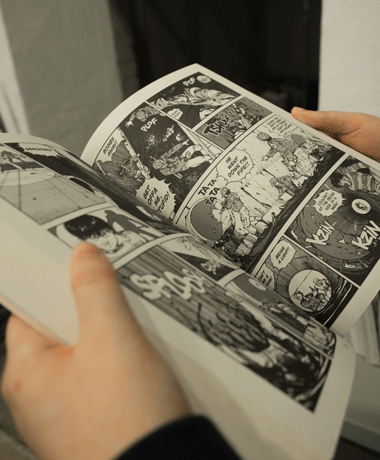When we tell a story we invoke emotion. Receptors in our brain react to the words we hear or read and our brains either compel us to the story or warn us against it.
This is the science of storytelling and knowing how to use it to induce emotion through stories is a great skill.
Great storytellers are aware of the science involved in storytelling and use it to their advantage.
They know which story will get the emotional reaction they want and how to keep an audience hooked. They also know how to get an audience on their side and keep them there.
This is what can happen when you understand the science behind storytelling.
To find out how we can help your team tell bring science to their stories, request a consultation here.
Here at All Good Tales, we know what makes a great story. Through first-hand experience, we’ve witnessed and told powerful stories. We’ve seen how people react. We want to share with you how to induce emotion and make your audience respond to your stories.
Dopamine
Suspense and cliff-hangers, it’s what keeps us watching our favourite TV shows.

Televisions writers and producers know that if they leave us with questions at the end of a series finale we will be back for the answers in the first episode of the next season.
The reason we do this is due to the dopamine in our brain. It causes our brains to feel focused and motivated to find out the ending. A sense of need and want is invoked as we are compelled to know the ending of the story.
This can be a powerful tool when telling your story.
When next telling or writing your brand story tries and build suspense. Pace your story, making sure to include as many details as possible. Slowly make your way through the story bringing your audience along with you. Mae sure the story is interesting and engaging enough to hold your audience’s attention. Make sure it is something they will want to hear the ending to.
When you have your audience in the palm of your hand, stop. One of the best ways to hold their attention is to not reveal the end of the story. Keep them guessing.
We know this won’t always be possible so if you do need to reveal your punchline try not to until it is absolutely necessary.
This tactic will keep your audience gripped and intently listening to your story.
Oxytocin
Oxytocin is one of the brains most powerful hormones.

It’s what is responsible for social bonding and is often referred to as the ‘love hormone’.
Generating oxytocin through storytelling can help your audie
nce build trust with you. It bonds you and your audience together and helps create a better storytelling experience.
One of the most natural ways to induce oxytocin is to reveal something personal about yourself while telling a story.
We know this isn’t for everyone. These stories while being personal do not have to reveal any of your darkest secrets.
When in front of a corporate audience or in a business set up why not share a story from your own career journey? It could be able a time you faced adversity or struggled with your work. This will show the audience you are just like them. They will admire you sharing something personal about yourself.
Using this tactic when presenting and telling a story will help you engage with your audience and build your relationship with them.
Endorphin
All of us love to laugh. Making someone laugh is one of the greatest storytelling techniques and introducing humour at the right time and executing it correctly is a sign of a great storyteller.
When we introduce humour to our stories we invoke empathy. Laughing together helps the audience comes onto our side and engages with us. It builds likeability, which is a necessary factor in the storyteller and audience relationship.
Has there been a time in your company’s or even your own professional history where something as gone comically awry? Why not share this with your audience?
If you’re struggling to find a funny story, a good YouTube video will also do the job.
Sharing humour will not only help build trust with your audience but also build empathy.
Cortisol and Adrenaline
When telling stories two negative hormones can be induced. These are cortisol and adrenaline.
These two hormones have the same effect as internal screaming. They can make an audience feel uncomfortable and rushed. This leads to the audience becoming irritable, uncreative, critical and memory impaired.
To avoid these hormones stories need to be paced and calm. All stress involved in a story needs to be reduced so the audience feels comfortable listening and reading along.
